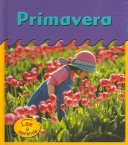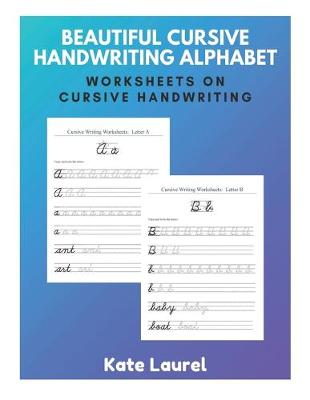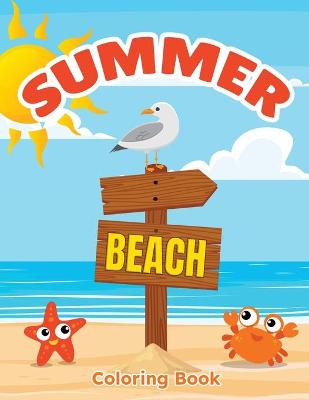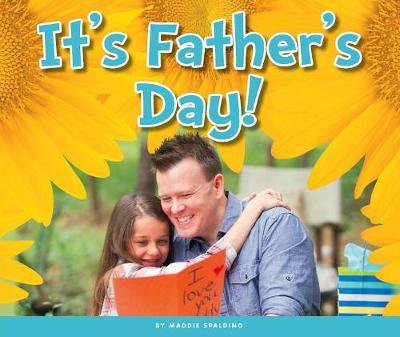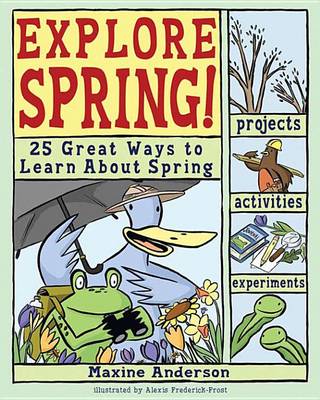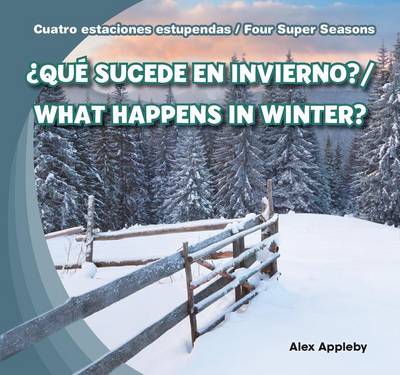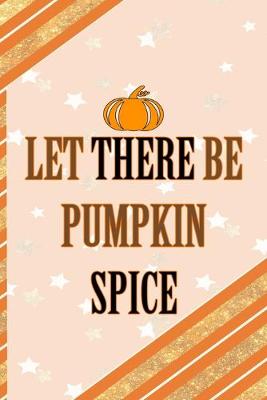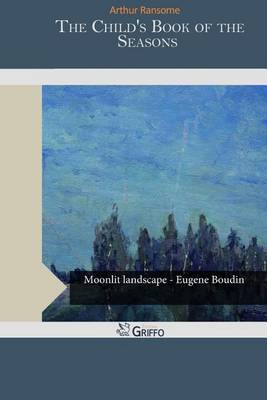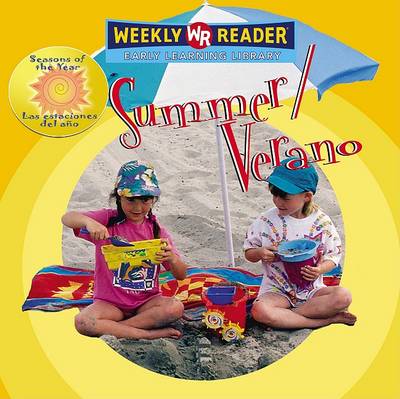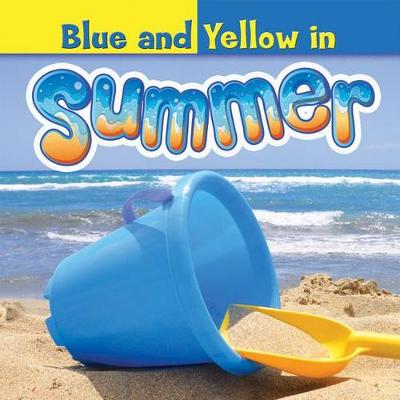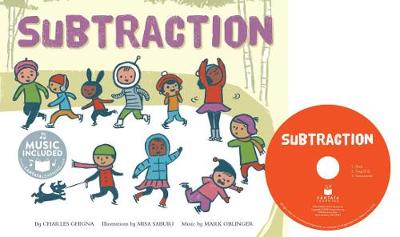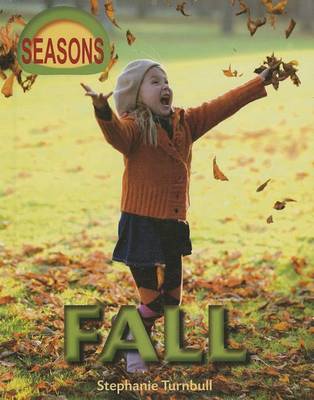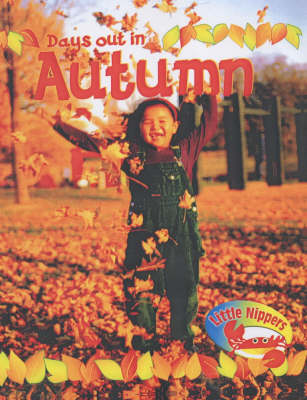Primavera (Las Estaciones) (Las Estaciones (Heinemann))
by Patricia Whitehouse
de La A A La Z Primavera (A to Z of Spring) (de la A A la Z (A to Z))
by Tracy N Maurer
Beautiful Cursive Handwriting Alphabet - Worksheets on Cursive Handwriting
by Kate Laurel
It's Father's Day! (Welcome, Summer!) (Welcoming the Seasons)
by Maddie Spalding
¿Qué Sucede En Invierno? / What Happens in Winter? (Cuatro Estaciones Estupendas / Four Super Seasons)
by Alex Appleby
The Child's Book of the Seasons is a children book published in 1906 by Arthur Ransome. This scarce antiquarian book. Due to its age, it may contain imperfections such as blurred pictures. Because we believe this work is culturally important, we have made it available as part of our commitment to protecting, preserving, and promoting the world's literature.
Summer / Verano (Seasons of the Year/Las Estaciones del Ano)
by Joann Early Macken
Me, She, He, We (Read, Sing, Learn: Songs about the Parts of Speech)
by Linda Ayers
Fall (Seasons (Smart Apple Media)) (Seasons)
by Stephanie Turnbull
"Uses photos to help describe the changes that happen to the weather, plants, and animals in fall. Mentions the holidays and events that usually occur in fall months"--Provided by publisher.
¿Qué Pasa En El Verano / What Happens in Summer? (!Me Gustan Las Estaciones! / I Like the Seasons!)
by Sara L Latta
Why do we have different seasons? Which places only have two seasons? What is the equator? Seasons follow a pattern. Most places on Earth have four seasons each year. Spring is followed by summer, then fall and then winter. Read ‘Season to Season’ to find out why this pattern happens.
"Little Nippers" is a collection of first information books for young learners. The "Days Out" books investigate the seasons by exploring activities children may take part in. Each title looks at what clothes they might wear, what the weather is like, and other changes in the environments. The series provides an opportunity to discuss similarities, differences and patterns between seasons, the way these changes affect social activities, and the child's own experiences and feelings.
